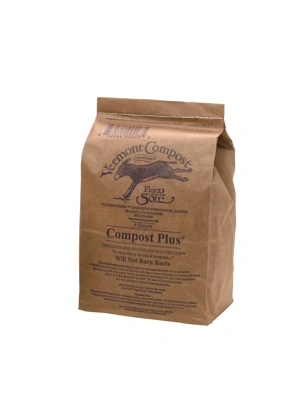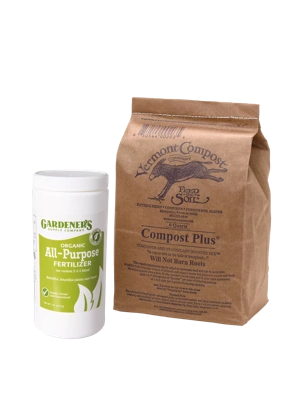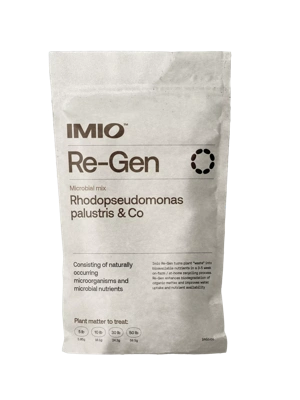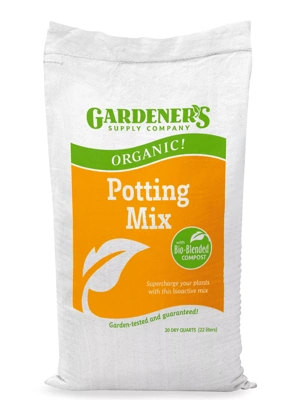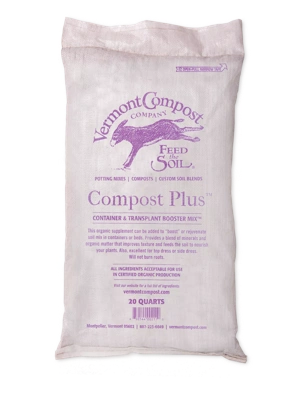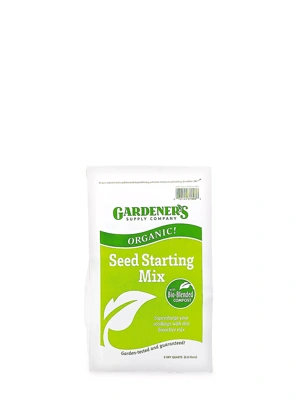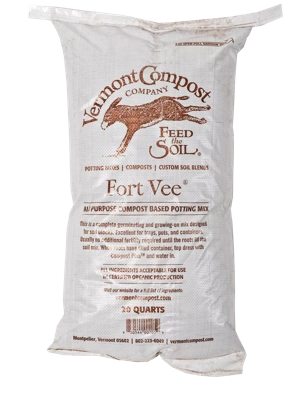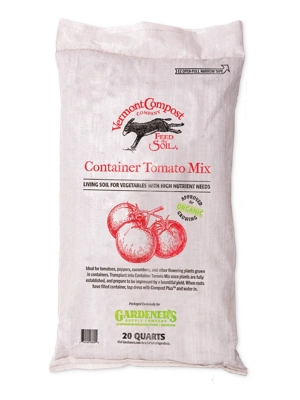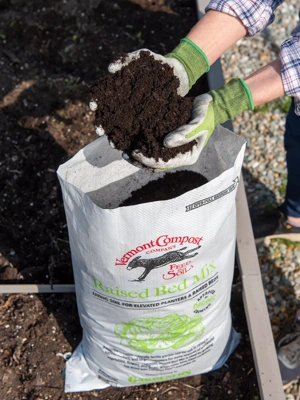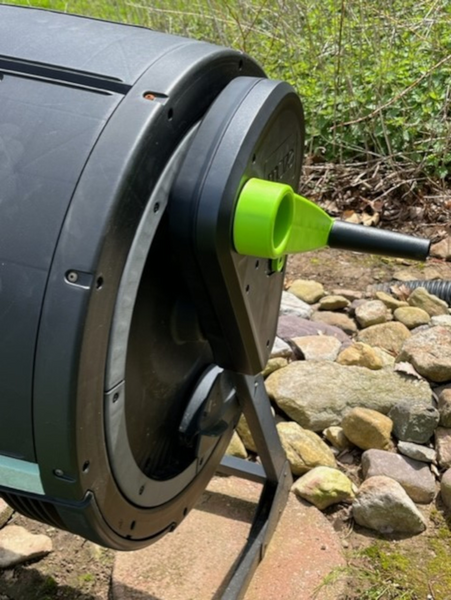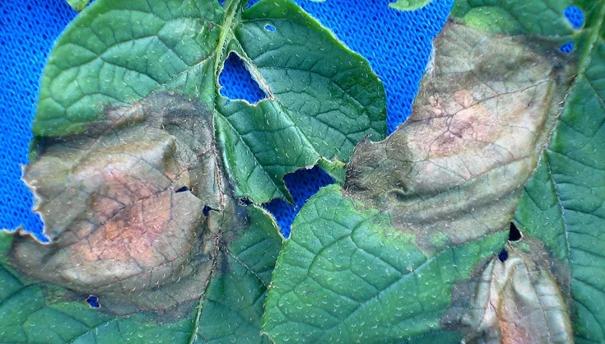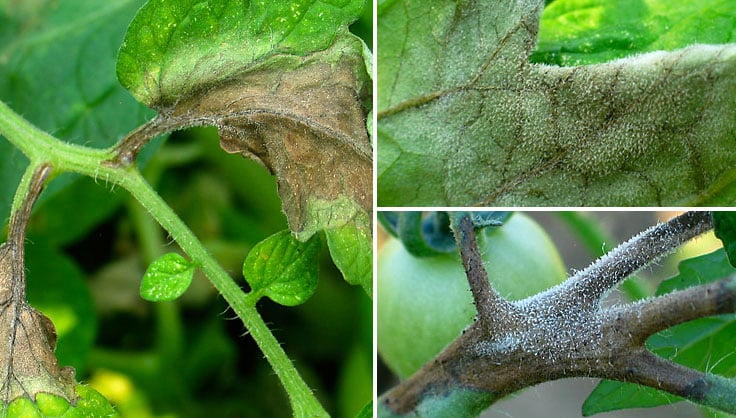Verticillium Wilt
Wilting of leaves and branches are a first symptom of this fungal disease, which can infect many kinds of vegetable garden plants, including tomatoes, peppers, melons, cucumbers and potatoes. The fungi clog the plant's vascular system (where water and nutrients flow from roots to shoots), starting in the roots and moving up through the plant.
Verticillium can be identified by examining a cross section of a stem taken from near the base of the plant. If the plant is infected, the stem interior is likely to be brown in color. Stressed plants are more likely to be contract this disease. Herbaceous plants may die in a few weeks; with trees, it may take a few years before they succumb to verticllum wilt. Infection rates are much higher during cool, wet weather. Fusarium wilt causes similar symptoms.
Prevention and Control
- Seek out disease-resistant varieties such as Big Beef tomato or Jubilee watermelon. In seed catalog listings, the symbol (V) after the variety name indicates that a variety has shown resistance to verticillium wilt.
- Add compost to soil to increase the populations of beneficial organisms that compete against the verticillium fungi.
- Keep plants in good health with proper watering, fertilizing and care.
- Uproot and destroy infected vegetable crop plants.
- If feasible, solarize the soil in beds where infected plants have grown. This involves covering fallow soil with clear plastic to raise temperatures high enough to kill the fungi.
Last updated: 03/15/2024
Print this Article:
Related items
Related Articles
Get the Dirt
Stay up to date on new articles and advice. Please fill out the information below.

